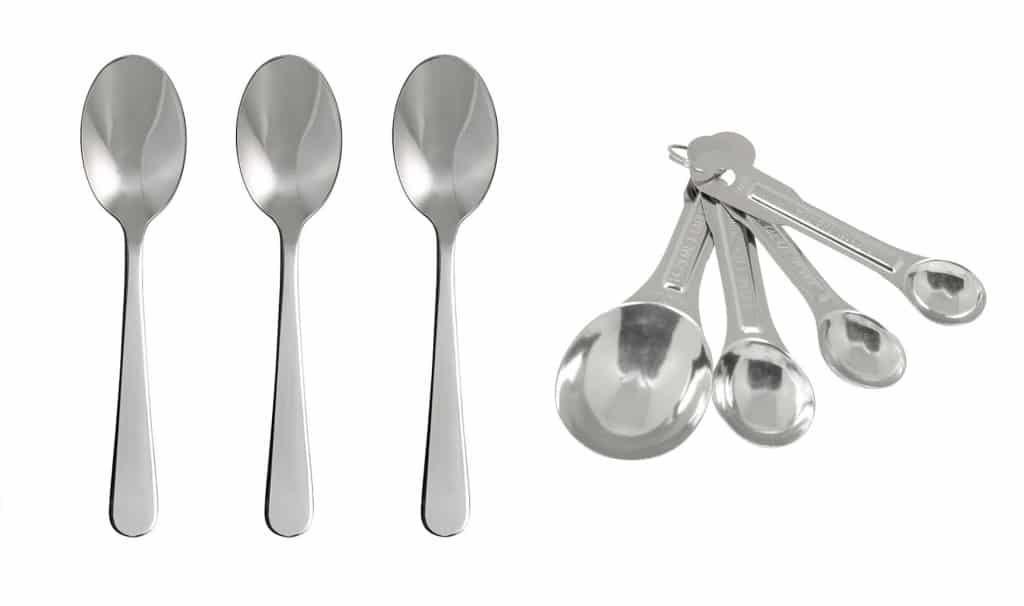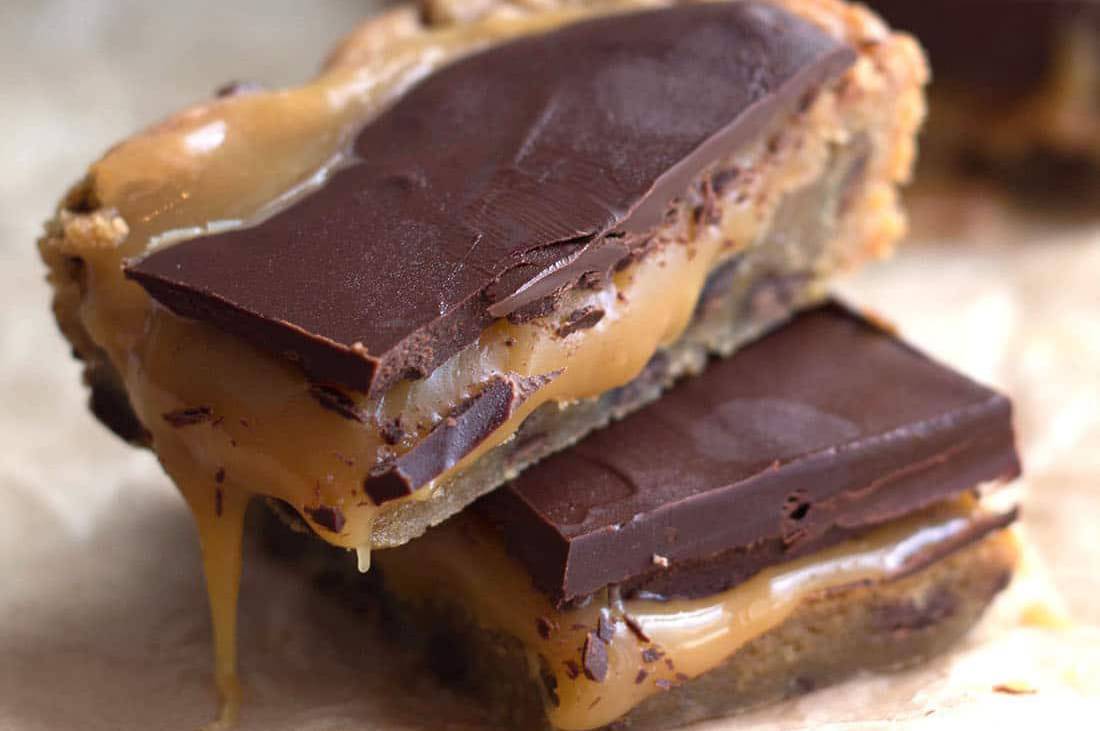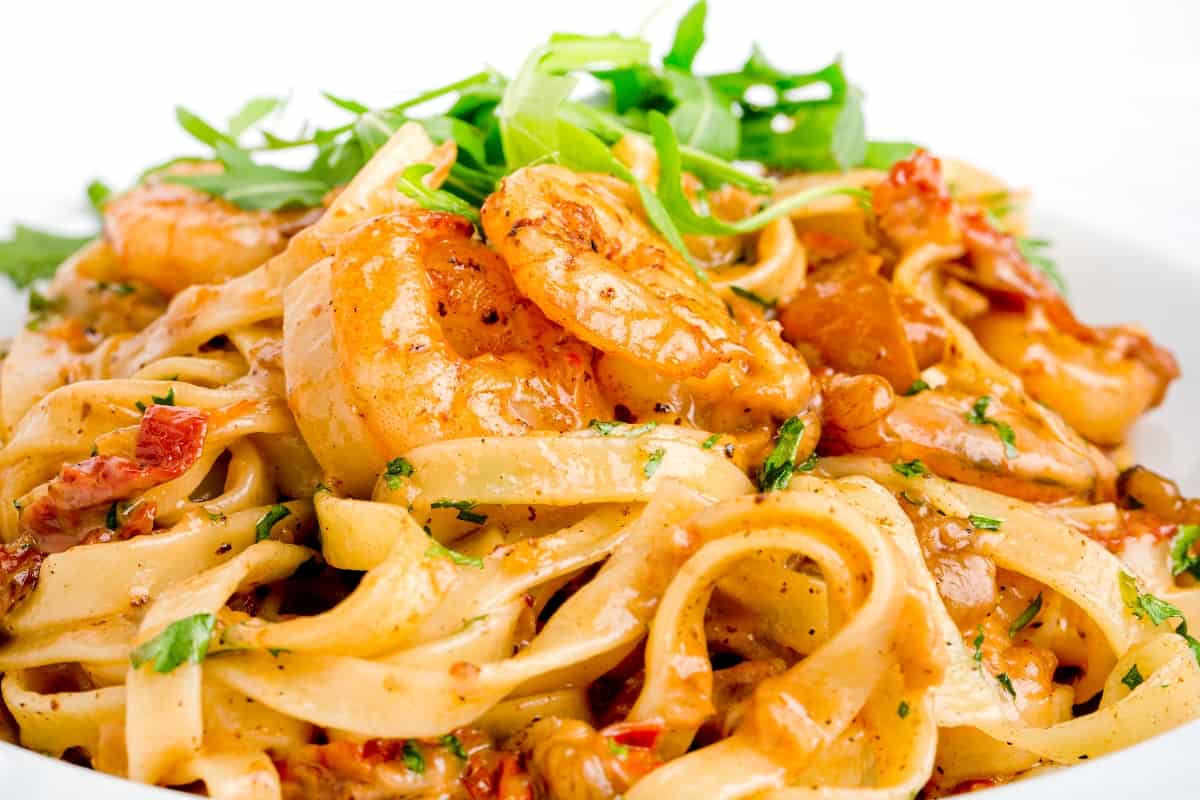Master the difference between tablespoons, teaspoons, and British dessert spoons with our handy guide and conversion chart.
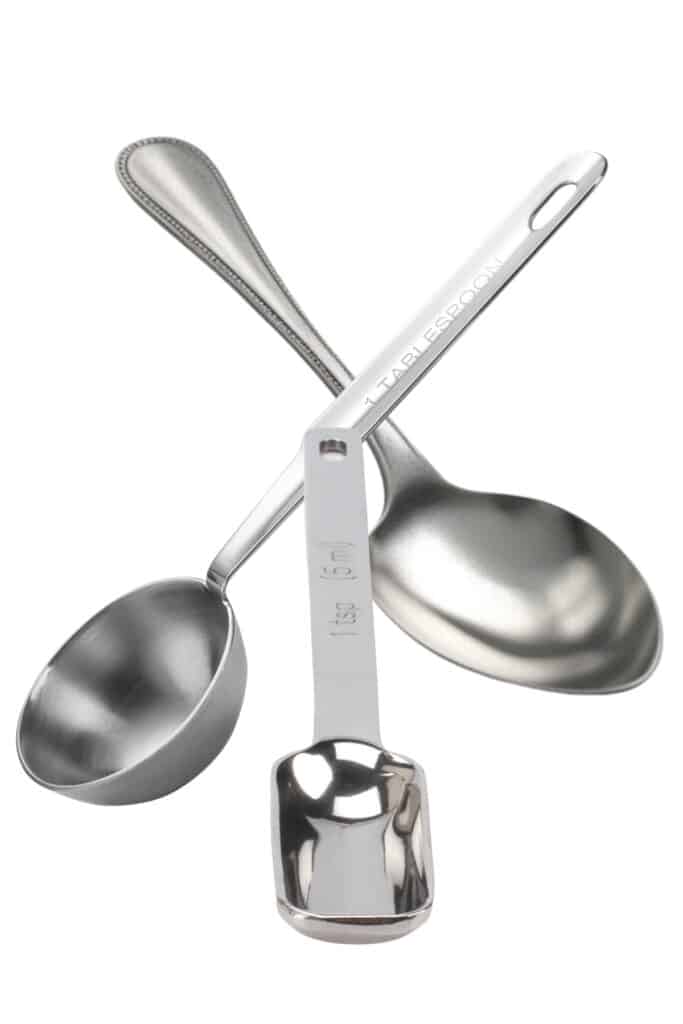
In the realm of cooking and baking, measurements are essential. However, the diversity of measuring systems and units worldwide can sometimes lead to confusion. Among the most commonly used are tablespoons, teaspoons, and British dessert spoons. Understanding their differences and converting between these units is vital for culinary enthusiasts worldwide.
Tablespoons
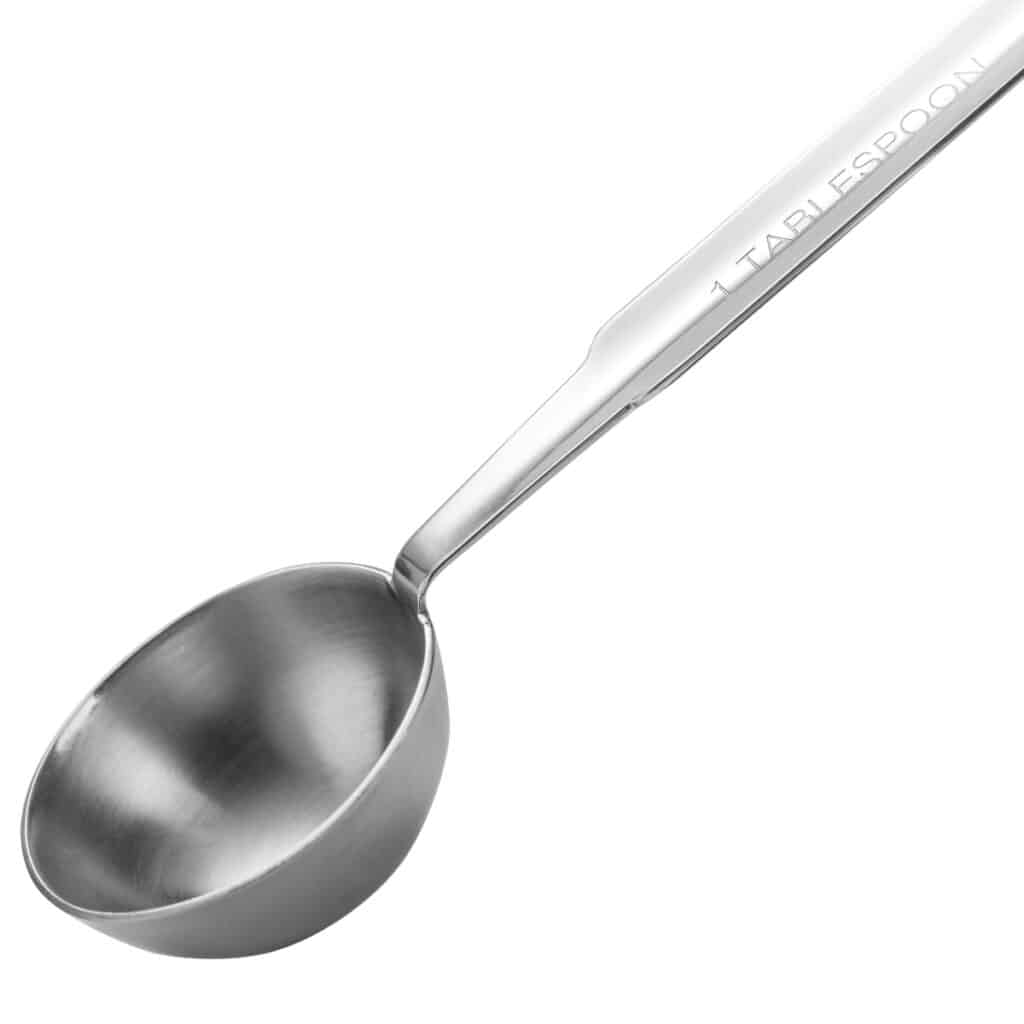
In both the British and American systems, a tablespoon is a unit of volume typically used in cooking recipes. However, there’s a slight difference between the two systems. In the British system, a tablespoon is equivalent to 17.7582 milliliters; in the American system, it’s 14.7868 milliliters. This distinction is crucial when following recipes from different sources to ensure accurate measurements and delicious results.
Teaspoons
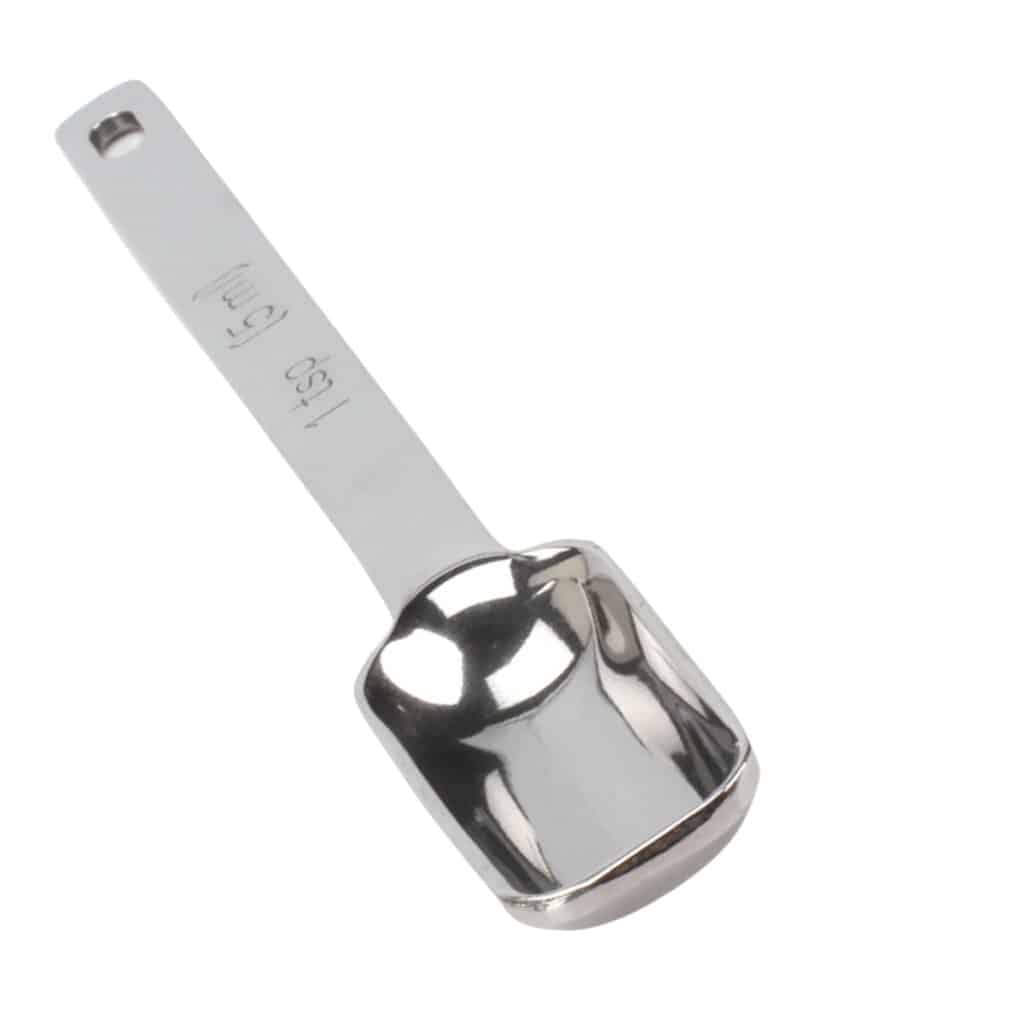
Like the tablespoon, the teaspoon is a unit of volume. It’s smaller than a tablespoon and is commonly used to measure ingredients like spices, oils, and vinegar. The American teaspoon is equivalent to about 4.92892 milliliters. However, the British teaspoon is slightly larger, measuring 5.91939 milliliters, similar to the tablespoon.
British Dessert Spoons
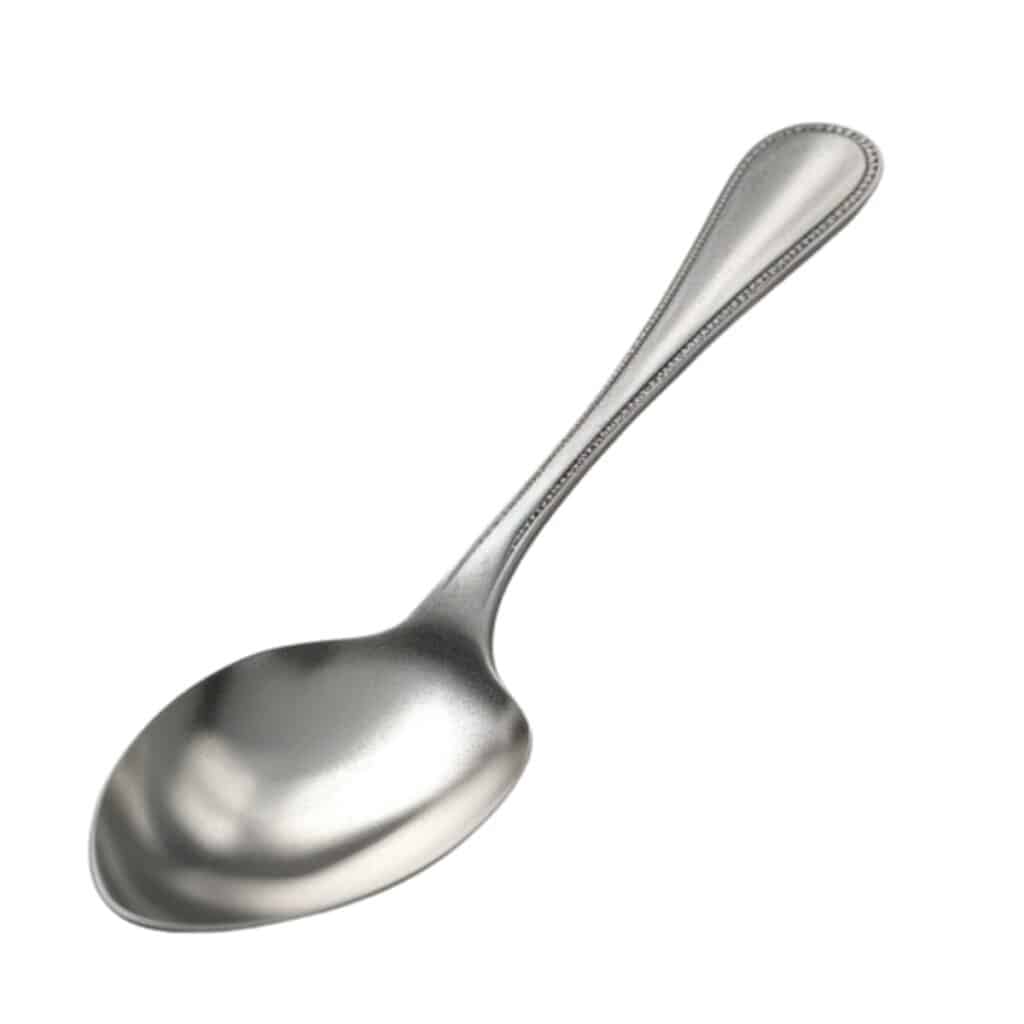
A dessert spoon is a unit of volume less known outside the UK, where it is often used in traditional recipes. It’s larger than a teaspoon but smaller than a tablespoon, measuring approximately 10 milliliters. The name “dessert spoon” stems from its original purpose—serving desserts. It’s also used informally as a measure in certain British recipes.
Interactive Conversion Chart
Conversion Chart
To simplify the conversion between tablespoons, teaspoons, and British dessert spoons, we’ve prepared a comprehensive conversion chart (for fraction conversions, please use the interactive converter above):
1 American tablespoon = 3 American teaspoons 1 British tablespoon = 3.6 British teaspoons 1 British dessert spoon = 2 British teaspoons
1 American tablespoon = 14.7868 milliliters 1 British tablespoon = 17.7582 milliliters 1 British dessert spoon = 10 milliliters 1 American teaspoon = 4.92892 milliliters 1 British teaspoon = 5.91939 milliliters
Converting These Measures to Each Other:
1 American tablespoon = 0.834 British tablespoons 1 British tablespoon = 1.20095 American tablespoons 1 British dessert spoon = 0.564383 American tablespoons 1 American tablespoon = 1.772 British dessert spoons
1 American teaspoon = 0.834 British teaspoons 1 British teaspoon = 1.20019 American teaspoons 1 British dessert spoon = 2 American teaspoons 1 American teaspoon = 0.5 British dessert spoons
These examples make comparing and converting between these different volume measures much easier. Understanding these conversions allows one to easily and accurately follow recipes from various sources.
Converting Dry Ingredients
Cooking and baking are both science and art, requiring careful attention to both technique and measurements. However, measurements can differ depending on whether you are dealing with liquids or solids. While volume measures like tablespoons and teaspoons work well for liquids, it’s not quite as simple as dry ingredients.
Dry ingredients, such as flour or sugar, can vary considerably in weight depending on how they’re packed into a measure. For example, a cup of flour sifted into a cup and then leveled will contain less flour than a cup of flour spooned into a measure and then leveled. This means that weighing dry ingredients is preferred for the most precise baking.
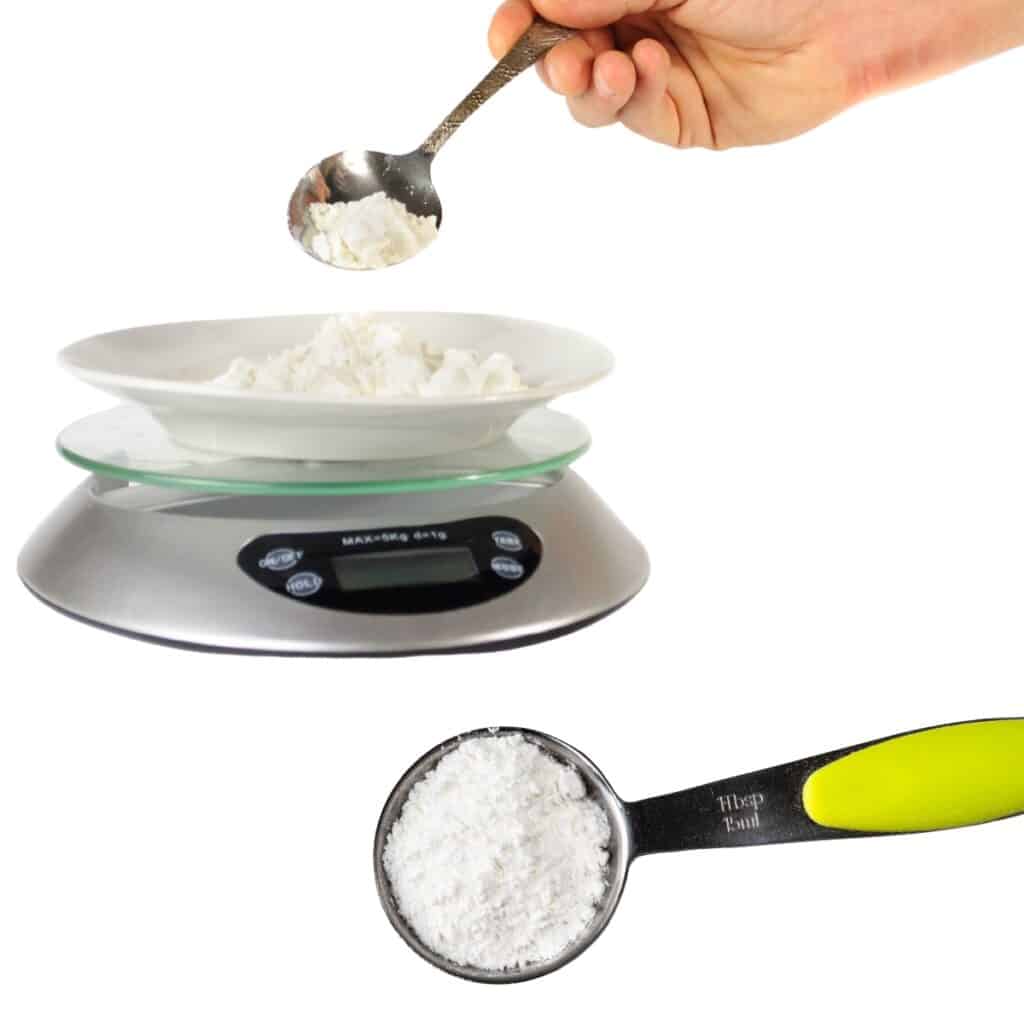
Despite this, many recipes, particularly those from the United States, continue to use volume measures for dry ingredients. In these cases, the convention is usually to spoon the dry ingredient into the measure until it’s overfilled, then level it off with the back of a knife.
To complicate matters further, different ingredients have different weights. Here’s a rough conversion chart for some common baking ingredients. Note that these measurements are based on the spoon and level method:
All-purpose flour:
- Weight per US Tablespoon: 8 grams
- Weight per UK Tablespoon: 10 grams
- Weight per UK Dessert Spoon: 17.5 grams
- Weight per US Teaspoon: 2.6 grams
- Weight per UK Teaspoon: 3.3 grams
Granulated sugar:
- Weight per US Tablespoon: 12.5 grams
- Weight per UK Tablespoon: 15 grams
- Weight per UK Dessert Spoon: 25 grams
- Weight per US Teaspoon: 4.2 grams
- Weight per UK Teaspoon: 5 grams
Brown sugar (packed):
- Weight per US Tablespoon: 13.8 grams
- Weight per UK Tablespoon: 16.6 grams
- Weight per UK Dessert Spoon: 27.7 grams
- Weight per US Teaspoon: 4.6 grams
- Weight per UK Teaspoon: 5.5 grams
Cocoa powder:
- Weight per US Tablespoon: 7.2 grams
- Weight per UK Tablespoon: 8.6 grams
- Weight per UK Dessert Spoon: 14.4 grams
- Weight per US Teaspoon: 2.4 grams
- Weight per UK Teaspoon: 2.9 grams
Please note these weights can vary slightly based on the specific product and the way the ingredients are packed into the spoon. Using a kitchen scale for the most accurate baking and cooking is best.
Bear in mind that the best way to ensure accuracy in baking is to use a kitchen scale. They are inexpensive, and you will get the best possible result from your recipe by ensuring that you have exactly the right amount of each ingredient.
In summary, tablespoons, teaspoons, and dessert spoons are handy for cooking and baking. However, there is no one-size-fits-all conversion when it comes to dry ingredients. For the best results, use the specific conversions for each ingredient and, where possible, weigh your ingredients.
See our Conversion and Substitutions for more handy conversion charts.
